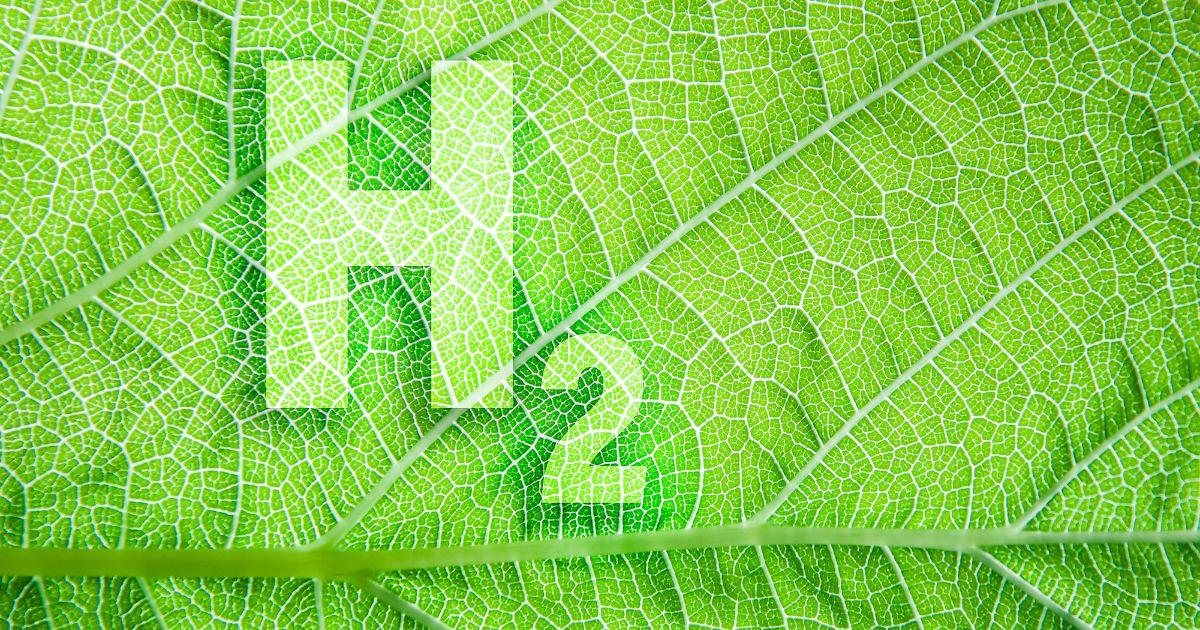- Who We Are
- What We Do
- Success Stories
- Careers
- News & Events
- Contact us

Hydrogen energy is known as clean energy because when hydrogen is released into the atmosphere it combines with oxygen to form water. However, when it comes to using fossil fuels such as petroleum and coal in manufacturing, it is not a perfect clean energy. Hydrogen is not clean energy unless it is produced using renewable energy sources such as solar power, hydropower, and wind power.
Green hydrogen, which is produced using electricity derived from renewable energy sources, is attracting attention toward the realization of a decarbonized society. Infrastructure development is already accelerating in Europe, but even in Japan, which is ahead in hydrogen utilization technology, such as the commercialization of fuel cell vehicles and the installation of residential fuel cell cogeneration systems (Ene-Farm)’.
What is Green Hydrogen?
Green hydrogen is hydrogen produced by electrolyzing water using renewable energy. A feature of hydrogen is that it does not emit exhaust gas or CO2 when it burns, but in the case of green hydrogen, in addition to that, CO2 is not emitted during the production process, so it is attracting attention as a new clean energy in the decarbonization era.
Uses of Hydrogen
Hydrogen is expected to be used in various fields, one of which is electric power. Currently, about 20% of Japan’s electric power is generated from renewable energy. It would be nice to use it as it is, but electricity cannot be stored, and the amount of power generated by solar and wind power tends to be affected by the weather. On the other hand, hydrogen can be transported and stored by changing its form to liquefied hydrogen, etc., and when it reacts with oxygen in a fuel cell, electricity is generated, which is useful for a stable power supply.
Challenges and solutions for the spread of green hydrogen
The current issue in popularizing green hydrogen is cost reduction. The price of green hydrogen is currently more expensive than other types of hydrogen due to the cost of renewable energy generation. According to the report “Global Hydrogen Review 2021” by the International Energy Agency (IEA), the cost of green hydrogen is about 3 to 8 dollars per kilogram, compared with 0.5 to 1.7 dollars for gray hydrogen produced from natural gas and 1 to 1.5 dollars for blue hydrogen. Over $2. However, due to advances in technology, it is believed that there is room for the price of green hydrogen to drop to 1.3 to 3.5 dollars in some regions around 2030.
In order to solve the high cost, major domestic energy companies are planning to mass produce green hydrogen in Australia, which is suitable for renewable energy power generation, and import it to Japan.
The cost issue is not limited to green hydrogen in the first place but is a barrier to expanding the use of hydrogen in general.
For example, the price of the fuel cell vehicle MIRAI is more than $50,000, which is more expensive than gasoline vehicles and EVs. This is one of the reasons why only about 6,000 fuel cell vehicles are in widespread use in Japan. The construction of a hydrogen station, which charges fuel cell vehicles with hydrogen, also costs about 2 million dollars. Now is the time to expand the introduction, and it is difficult to expand the business without the support of the national and local governments. It is hoped that the related facilities will be developed as soon as possible to expand needs and that the price range will be more affordable for users.
Also, since hydrogen is a flammable gas, extreme care must be taken when handling it. In 2019, an explosion occurred at a hydrogen station in Norway, causing minor injuries to two people. In the same year, an explosion occurred at a hydrogen production plant in the United States.
For future spread, it is imperative to optimize the supply chain from manufacturing to use and to maximize safety.
Written by Daniele Paoletti
